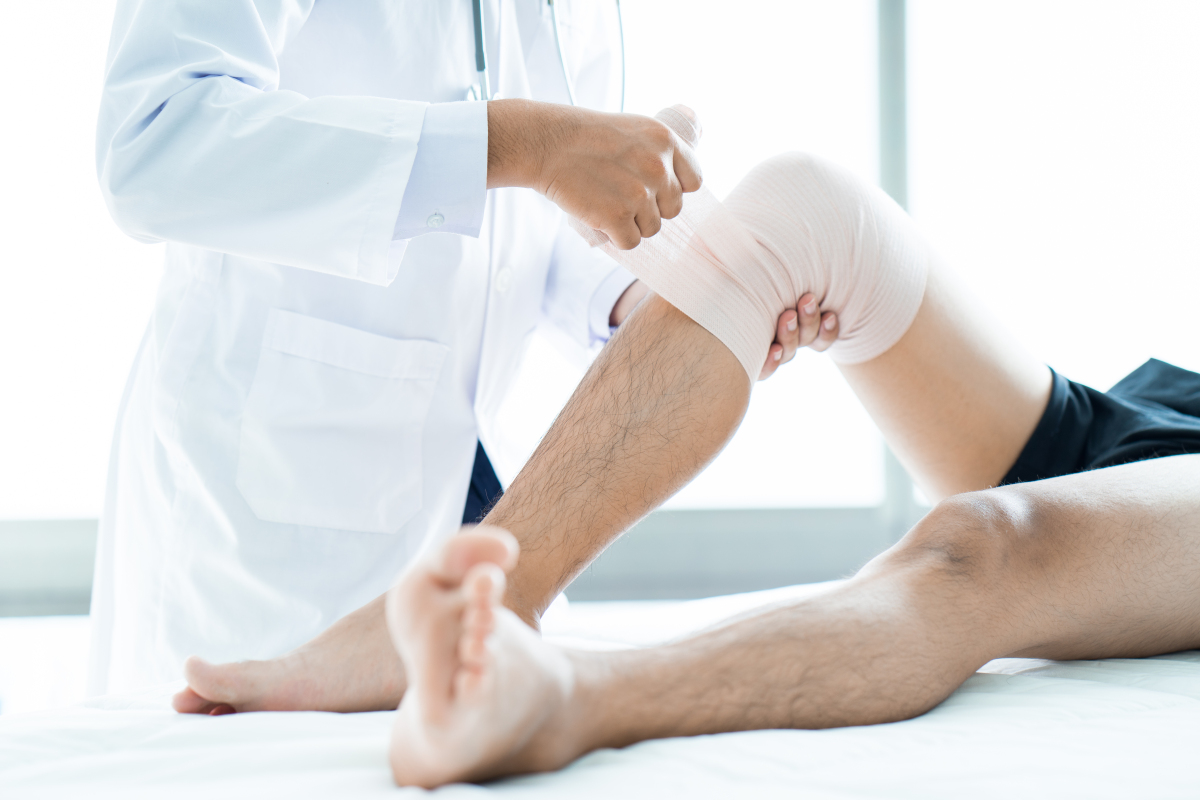Introduction:
As the field of joint replacement surgery continues to evolve at a rapid pace, staying abreast of the latest advancements is paramount for joint replacement surgeons. With innovative techniques, materials, and technologies emerging regularly, maintaining a cutting-edge practice requires a commitment to ongoing education and awareness. So, how do joint replacement surgeons ensure they are equipped with the most up-to-date knowledge in their field?
Networking and Collaboration:
One of the most effective ways for joint replacement surgeons to stay informed is through networking and collaboration with peers and colleagues. Engaging in professional organizations, such as the American Association of Hip and Knee Surgeons or the European Federation of National Associations of Orthopaedics and Traumatology, provides opportunities to exchange ideas, discuss best practices, and learn about recent developments in joint replacement surgery. Conferences, symposiums, and workshops organized by these associations offer valuable platforms for knowledge sharing and networking with experts in the field.
Continuing Medical Education (CME):
Joint replacement surgeons prioritize ongoing education through participation in continuing medical education (CME) activities. Attending CME courses, seminars, and webinars focused on joint replacement surgery allows surgeons to delve into specific topics, such as advancements in implant design, surgical techniques, and postoperative care. Many institutions and medical societies offer accredited CME programs tailored to the needs of orthopedic surgeons, ensuring they stay current with the latest evidence-based practices and innovations.
Literature Review:
Keeping up with the latest research findings and clinical studies is essential for joint replacement surgeons. Regularly reviewing scientific literature, including peer-reviewed journals like The Journal of Arthroplasty, The Bone & Joint Journal, and The Journal of Knee Surgery, provides valuable insights into emerging trends, outcomes data, and comparative studies of different surgical approaches and implant technologies. Additionally, online databases and platforms like PubMed offer convenient access to a vast repository of orthopedic literature, enabling surgeons to stay informed on the go.
Engagement with Industry Partners:
Collaboration with industry partners, including medical device manufacturers and pharmaceutical companies, is another avenue for joint replacement surgeons to stay updated on advancements in their field. Industry-sponsored educational events, product demonstrations, and training sessions provide firsthand exposure to new technologies and surgical techniques. By fostering relationships with industry representatives, surgeons gain insights into upcoming product launches, clinical trials, and research initiatives that may impact their practice.
Multidisciplinary Team Collaboration:
Joint replacement surgery often involves a multidisciplinary approach, requiring collaboration with other healthcare professionals, such as physiotherapists, anesthesiologists, and rehabilitation specialists. By actively engaging with members of the interdisciplinary team, surgeons gain valuable perspectives on patient management strategies, rehabilitation protocols, and perioperative care pathways. This collaborative approach fosters a comprehensive understanding of the latest advancements in perioperative medicine and enhances patient outcomes.
Conclusion:
In the dynamic field of joint replacement surgery, staying up-to-date on the latest advancements is essential for delivering optimal patient care and maintaining clinical excellence. Through networking, continuing education, literature review, industry engagement, and multidisciplinary collaboration, joint replacement surgeons ensure they remain at the forefront of innovation and best practices in their specialty. By embracing a culture of lifelong learning and knowledge exchange, these dedicated professionals uphold the highest standards of care for patients undergoing joint replacement procedures.





Comments